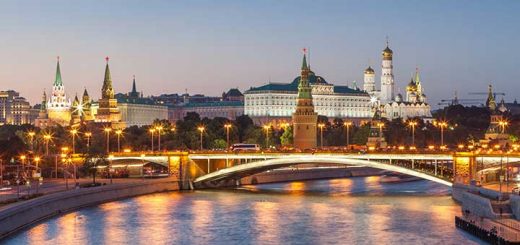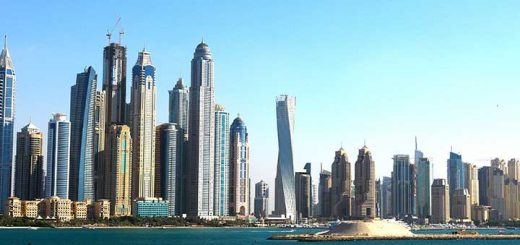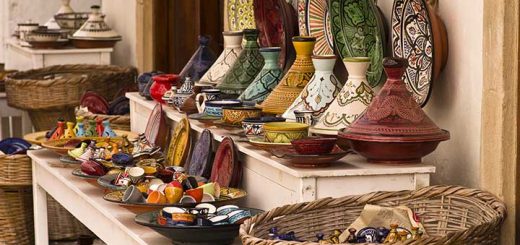Hungary Travel Guide
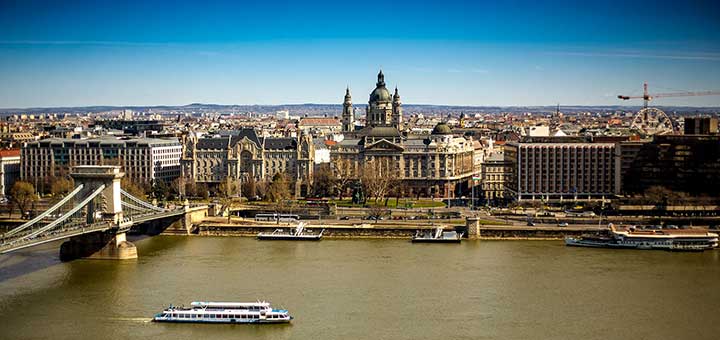
One of the European crossroads and a quirky and unique blend of cultures, influences, modern and ancient, Hungary is definitely a country without an analogue anywhere in the world. Neighbouring with diverse countries and cultures such as Serbia, Ukraine, and Austria, fusing old Europe and modern influences altogether, blending in a strange yet cool juxtaposition Hapsburg grandeur and the Communist raw reality, Hungary is definitely a place that won’t leave you bored. There is something very typical central-European yet very quirky in the Hungarian food, architecture, and culture. On the other hand, Hungary looks and feels like straight out of an old and romantic fairy tale, especially by the way Hungarians are particularly proud of the nomadic warrior Magyars.
The capital of the country is Budapest and it is a city that will impress you with its size and the pleasing views of the wide Danube river separating the city into the ancient and romantic Buda and the buzzing and vibrant modern Pest. When visiting Budapest you can certainly experience everything that comes to your mind – from the old and atmospheric in the face of imperial-era boulevards, Art Nouveau coffeehouses, quirky Turkish baths, to the modern and creative in the face of hipster warehouse bars and summer riverboat clubs. Just a few hours away from the capital and you will be able to reach to some of Hungary’s main highlights and landmarks – the Serb-influenced Szentendre, the Danube bend, the lush wine-growing Badacsony, the shores of Lake Balaton, the summer party resorts such as Siófok close to the lake.
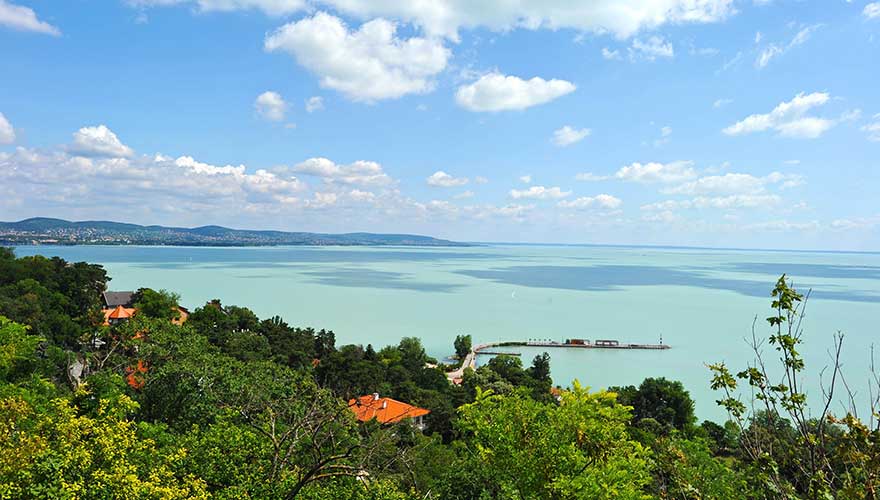
Lake Balaton
Beyond Budapest, Hungary prides its past in the historical towns Sopron, close to the Austrian border, Pécs, on the far southern part of the country and the alpine hills, and Eger, northwest of the capital and home to the infamous Bull’s Blood wine. Half of the country is covered by the enormous Great Plain, a home to many beautiful natural parks and the popular cities of Debrecen, Szeged, and Kecskemét.
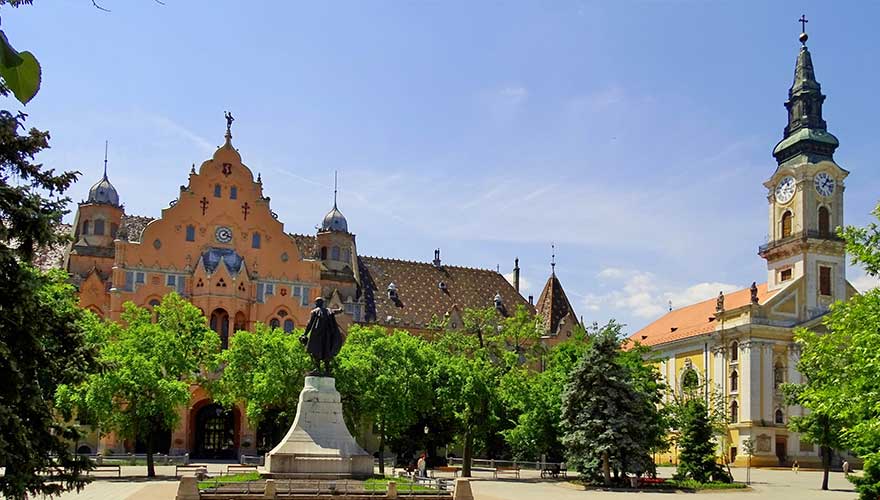
Kecskemét
Of course, the capital Budapest takes a central stage and it is the most visited place in the country, however, the rest of Hungary worth visiting too. Make sure to leave enough free time for visiting the beautiful Baroque towns with ancient castles and fortresses, the spectacular and awe-inspiring Lake Balaton, the thick and luscious forests of Northern Uplands, the immense land of Great Plain, some of the most spectacular stretches of the Danube River. In addition, Hungary prides itself in a really great concentration of thermal spas and plenty of opportunities for exciting activities such as watersports, horseriding, cycling, hiking, wine-tasting in one of the many wine regions of the country.
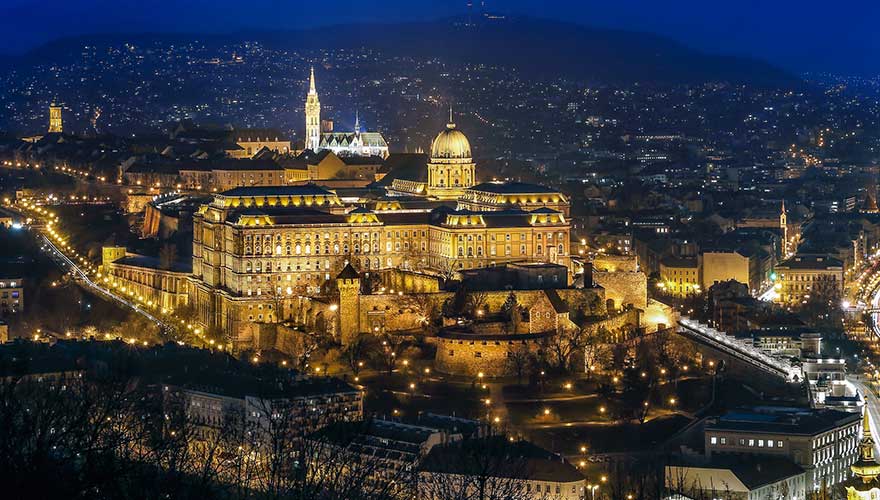
Buda Palace
One-fifth of the Hungarian population is living and working in Budapest that is the cultural, political, and commercial capital of the country. After the 1867 Compromise that gave the Hungarian monarchy equal status with Austria, Budapest became rapidly developing as a showcasing celebration of the local culture and history that is reflected by the spectacular architecture including the castle to the Parliament to the Gellért Baths. The Danube river divides the city into the two main parts of Pest, on the eastern bank, and Buda, on the hilly west bank. Budapest is divided into 23 districts that are called keruletek in Hungarian. When in the Buda side, do not miss to visit the Castle Hill plateau (Várhegy) that rises from the Danube bank and houses the imposing Buda Palace, the symbol of the Hungarian nationalism Matthias Church, and an enchanting labyrinth of cobbled streets. Pest is where you go for hipster and modern cafes and bars, visiting the historic old town Belváros and the outstanding Jewish district.
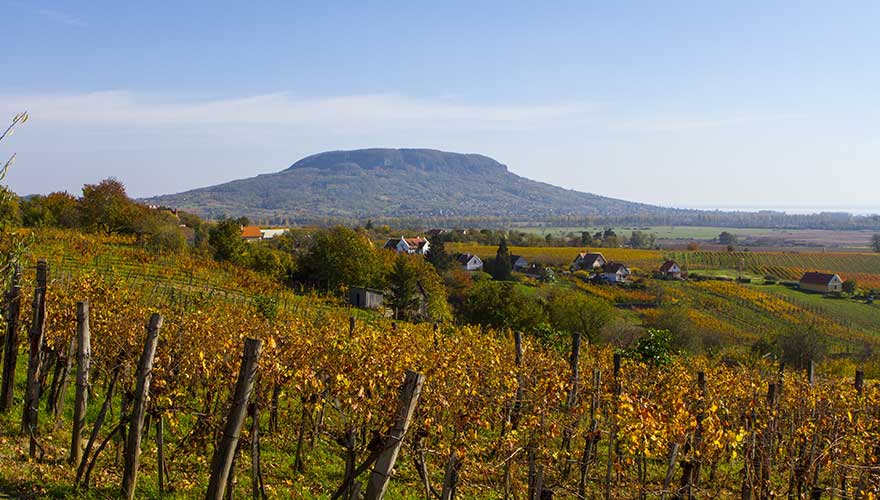
Badacsony
Head west from the capital and you will be able to reach to Lake Balaton and all the remains of the Pannonian Sea which back in the centuries covered this part of Europe. The southern shore of the lake is where the lively and fun resorts are such as Siófok, while the more relaxed and intimate resorts such as Keszthely are dotted on the western tip. Siófok doubles as a great spot for swimming, windsurfing, and sailing too. As a contrast, the four little villages dotted around the Badacsony are very atmospheric and offer a restful and scenic break, a great getaway spot for long walks and wine-tasting tours in the Balaton region.
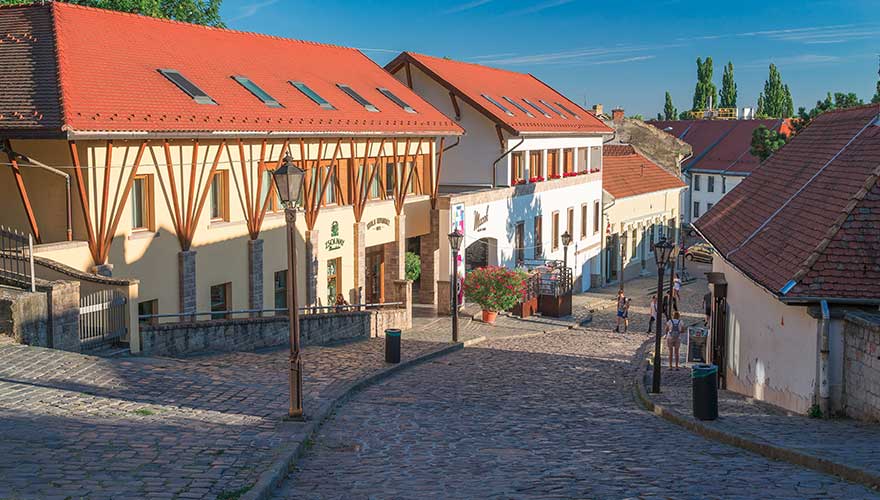
Eger
Lake Balaton is part of the western region Transdanubia is the most ethnically diverse part of Hungary settled by Magyars, Serbs, Slovaks, Germans, Ottomans, Habsburgs, and Romans throughout the centuries. The eastern part of Hungary is dominated by the beauty of the gorgeous town Eger nestled in the rolling Bukk hills, the forested Northern Uplands, the “Valley of the Beautiful Woman”.

